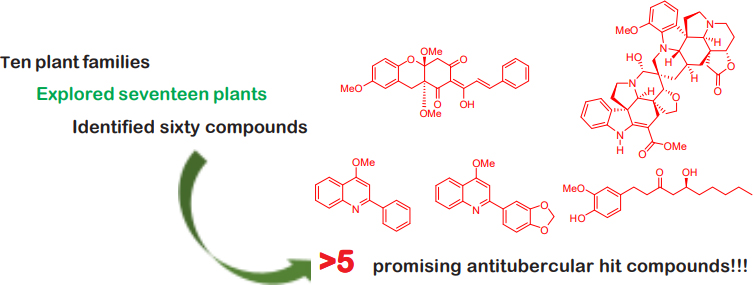
VOLUME 63 : 2015
VOLUME 63 : 2015
ACTA MANILANA publishes research and innovation in the different branches of the natural and applied sciences. It reports significant development in the discipline, and novel applications, unconfined by the traditional coverage of the disciplines.
Time series analysis of dengue cases in Central Luzon: comparison of stochastic models using climate variables as predictors
Page 69-77
Angel R. Ang, Kevin Q. Nabong, & Mary C. Martin
ARTICLE DOI: https://doi.org/10.53603/actamanil.63.2015.uoes5699

Graphical Abstract
Abstract
This study compares multiple stochastic models generated in order to identify which of them best fits the data. Monthly dengue cases from 2003 to 2013 in Central Luzon were used to generate the model. Seasonal Autoregressive Integrated Moving Average (SARIMA) is used to predict dengue cases (RMSE = 0.442) based on past dengue outbreaks with climate variables as predictors. It shows that the predictive variables, individually, brings about significant changes with the predicted dengue occurrence, lowering its RMSE to 0.402, and 0.403. Via cross correlation, it is found that the minimum temperature has the highest correlation to dengue occurrence (r = 0.6332) with RMSE = 0.402. The root mean square error is then used to compare and determine which among the stochastic models best forecasts dengue incidence.
Keywords: time series analysis, dengue, Central Luzon, stochastic model, climate variables
FOLLOW US
-
Research Center for the Natural and Applied Sciences
Thomas Aquinas Research Complex Building
University of Santo Tomas España, 1015 Manila, Philippines -
TL: (+63 2) 3406-1611 local 4037
DL: (+63 2) 8731-4031 - actamanilana@ust.edu.ph

© 2021 University of Santo Tomas, Acta Manilana. All rights reserved
Powered by: Communications Bureau